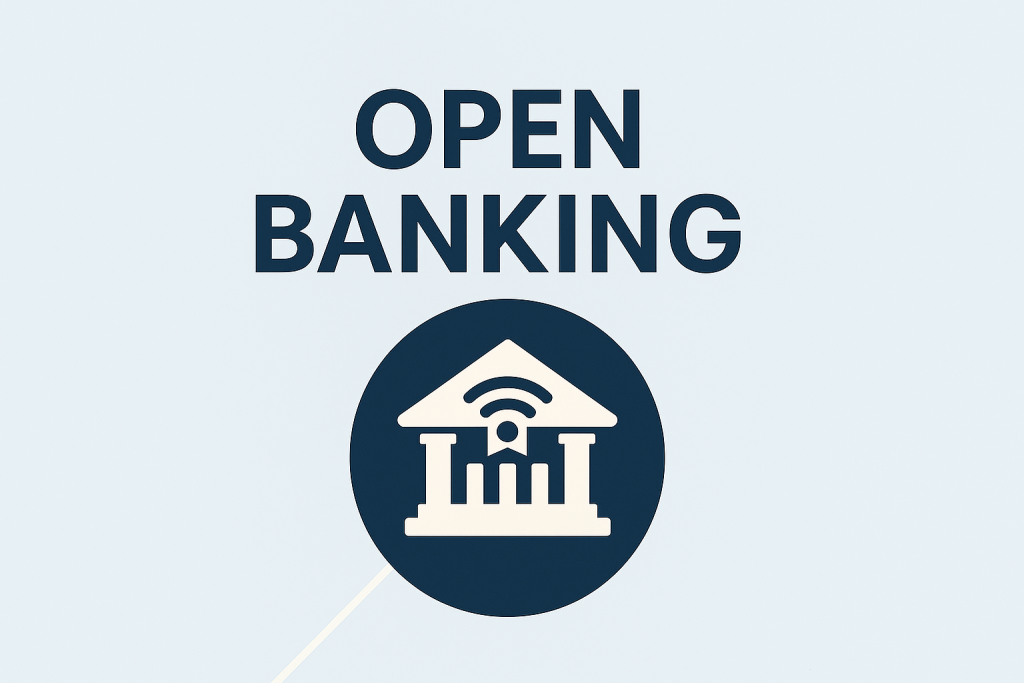The world of payments and banking is undergoing a major transformation. One of the most impactful shifts in recent years is open banking, a new financial framework that is reshaping how consumers and businesses interact with banks and payment providers.
For online merchants, understanding how it works isn’t just useful — it’s essential. It can directly influence how you process payments, reduce costs, and create a frictionless customer experience.
At Payment.net, we help businesses stay ahead of innovation. Let’s explore what open finance really means, how it works, and the concrete benefits it offers to merchants.
What is open banking?
Open banking is a financial model that allows licensed third-party providers to access a consumer’s banking data — with their explicit consent — through secure APIs (application programming interfaces). These APIs provide access to information such as account balances, transaction history, and even allow direct payment initiation.
This system is gaining traction across Europe, the UK, and increasingly worldwide, thanks to regulatory frameworks that promote transparency, competition, and consumer empowerment.
How it works
Open banking operates on a foundation of security and user consent. Here’s a breakdown of how it functions:
- consumer consent: customers must explicitly authorize a third-party provider to access their financial data or initiate payments on their behalf. No action is taken without approval.
- secure APIs: these APIs create a direct, encrypted connection between the third-party provider and the bank, enabling secure data retrieval and payment processing.
- payment initiation services (PIS): merchants can receive payments straight from the customer’s bank account, bypassing traditional card networks. This lowers fees and speeds up settlements.
- account information services (AIS): third parties can access financial data to offer budgeting tools, credit scoring, personalized product offers, and more.
Key benefits of open banking for merchants
1. Lower transaction costs
Open banking eliminates card networks and their associated fees by enabling bank-to-bank payments. Fewer intermediaries mean reduced processing costs, especially for high-volume merchants.
2. Instant payments
Forget waiting days for funds to settle. Open finance enables real-time payments, which boosts your cash flow and reduces uncertainty around payouts.
3. Improved security and fraud protection
With built-in two-factor authentication (2FA) and encrypted communication channels, it is more secure than traditional card payments. Customers authenticate through their bank, significantly reducing the risk of fraud and chargebacks.
4. Better customer experience
No more entering card numbers or going through long checkout forms. Open banking offers a seamless payment experience that is fast, mobile-friendly, and reassuring to users, improving your conversion rate and reducing cart abandonment.
5. Access to new revenue streams
By integrating with third-party financial service providers, merchants can expand their offering — from embedded lending and instant financing to personalized financial insights. Open banking opens the door to value-added services that drive retention and revenue.
Open banking and regulatory compliance
Compliance is at the core of open banking. The EU’s PSD2 directive mandates strong customer authentication (SCA) and open data access. In the UK, the Financial Conduct Authority (FCA) regulates providers. Other regions are adopting similar frameworks.
For merchants, the takeaway is simple: work with payment partners who are fully compliant with open banking regulations. This not only ensures legal security but also strengthens customer trust and reduces exposure to liability.
Open banking and consumer trust
Transparency is at the heart of open banking. Customers can see who accesses their data, why, and for how long. They can revoke access anytime, giving them control unlike ever before.
This level of transparency builds stronger relationships with your customers. In contrast to traditional models where data visibility is low, it offers a more ethical, open, and customer-first approach to financial services.
The future of open banking
Open banking is only the beginning. As the ecosystem matures, we’ll see more advanced financial innovations — embedded finance, personalized credit offers, and instant merchant settlements becoming standard.
Businesses that embrace it today will be better positioned to adapt and scale in tomorrow’s payment landscape. It’s not just a tech upgrade — it’s a long-term competitive edge.
Why it matters for your business
Open banking is transforming payment processing by lowering fees, increasing speed, enhancing security, and unlocking new customer experiences. For merchants, adopting this model means more than just processing payments — it means preparing for the future of commerce.
At Payment.net, we integrate seamlessly with open banking APIs and provide full support for compliance, fraud prevention, and fast settlement. Whether you’re launching a new store or scaling internationally, our platform helps you leverage it to grow with confidence.
🔑 Ready to upgrade your payment system with open banking?
Contact Payment.net today and discover how we can help your business simplify payments, reduce costs, and boost customer trust.

Are you having trouble obtaining a merchant account?
If you run an innovative business, feel free to contact our expert to guide you in choosing the best payment service provider tailored to your needs.


